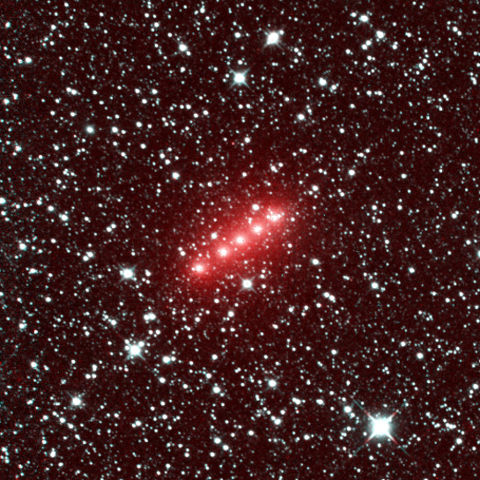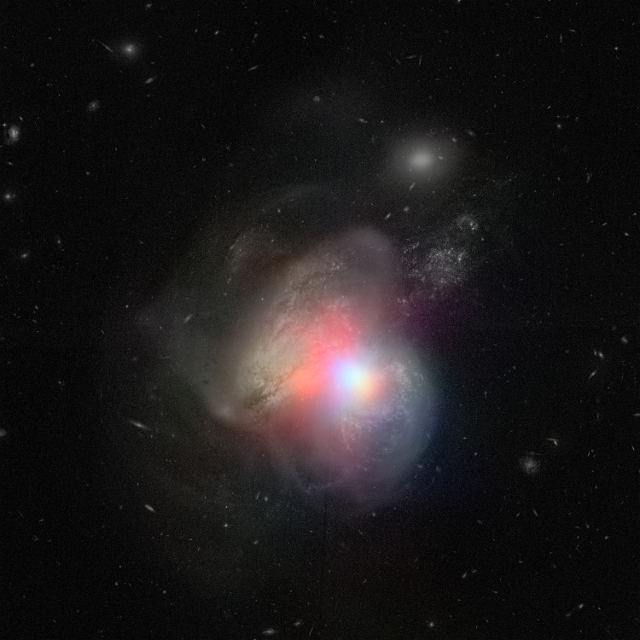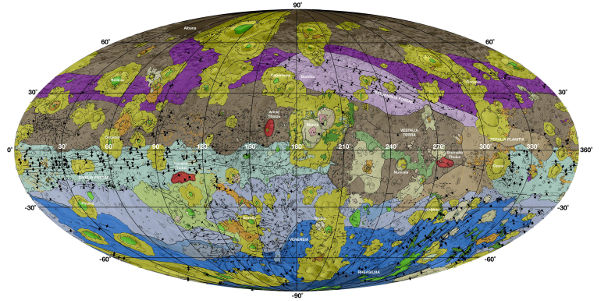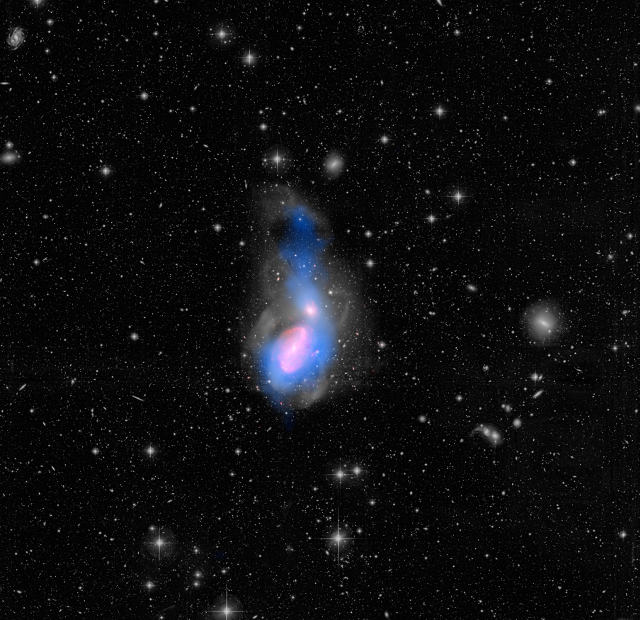
NASA’s NEOWISE mission had been on a ‘comet hunting’ mission for the about a year and had a few hits, including Comet C/2014 Q2 (Lovejoy). This image shows Comet Lovejoy, which was about 245 million kilometers from Earth, moving in a (mostly) west and (slightly) southerly direction. The comet’s coma (this is what surrounds the nucleus of a comet) is made up of dust and gases which leads NEOWISE’s wavelength detector to capture the strong signals as seen in the red areas. Comet Lovejoy is expected to be the brightest comet in Earth’s sky for early 2015.



